Völklinger Hütte presents the 5th Urban Art Biennale® 2019 Unlimited
14.04. – 3.11.2019
Fallow industrial sites have always been destinations for interventions by urban artists, so it makes sense to temporarily transform the industrial backdrop of the former iron and steel works of the World Heritage Site in Völklinger Hütte into an official platform and an important exhibition venue for urban art. The site in Völklinger Hütte, located next to Saarbrucken and close to the french border, is the first industrial monument to be declared a UNESCO World Cultural Heritage Site in 1994. It has been used now for some years for international temporary exhibitions, concerts and festivals. Since 2011, the world’s only Urban Art Biennale has been taking place in Völklinger Hütte and presents various artistic positions of the international multi-layered art movement every two years.
Platforms before 2011, before the worldwide increase of events of urban art
In Germany, artists and curators have done important mediation work with exhibitions of artists active in public space in the ninetieth. After 2000, new presentation formats emerged, such as Urban Discipline in Hamburg from 2000 to 2002, the Urban Art Info Galerie 2002 in Berlin or the groundbreaking exhibition series Back Jumps Live Issue in Berlin from 2003, which took place every two years at an institutional space, the Kunstraum Kreuzberg. Many of the artists presented at an early date here, coming from all over the world, became better known years later, such as Banksy or Swoon. In Europe, the first Street and Urban Art Festival was created in 2001, the Nuart Festival in Norway, which has been regarded as an important platform ever since. In 2008, institutions such as the Tate Modern in London presented a Street Art project with commissioned works. The Grand Palais in Paris showed the exhibition “Tag” : commissioned canvas by graffiti artists from all over the world, works owned by a collector. These exhibitions gave these art forms – which were originally emerging not commissioned in public space worldwide – institutional recognition and helped to achieve a media breakthrough.
In 2011, the first major comprehensive thematic exhibition “Art in the Streets” took place at the Museum of Contemporary Art (MOCA) in L.A.. In the same year, the City Leaks Festival in Cologne, the street art project “ARTBASE” in Berlin, and the Urban Art Biennale of the World Cultural Heritage in Völklinger Hütte, among others, were created in Germany. Every two years since then, well-known urban artists have been presented to a broad public on the industrial site with canvas works, wall paintings/murals, paste ups or installations over a period of several months. Since then works by Banksy, Blek le Rat, Shepard Fairey, Futura, Os Gêmeos, Swoon, and by Vhils were or are exhibited.
5th Urban Art Biennale® 2019 Unlimited
This year until November, the Biennale will show 100 artists from 20 countries of four continents with a total of 120 works, on a course of 100,000 m2. Unlimited refers to new collaborations with other urban art venues in France and Germany, thus expanding its field of action with satellite projects hors les murs.
The centre of the exhibition is at the burden shed : a 10,000 m2 ore silo hall, from the beginning of the 20th century. Large-format canvases are complying the space, such as works by New York graffiti pioneers such as Cope2, Rammellzee (RIP) and JonOne, or canvas by the
figurative working artist Mode2, Dran and Popay – a total of 100 international established artists, many from Paris and Berlin, are represented here with individual works.
Many works in the burden shed were not created for the Biennale, but loans by Parisian galleries or collectors, as its written in the catalogue. Due to the many two-dimensional works in front of the walls of this industrial site, two sculptural installations are particularly standing out: those by Rocco and his brothers from Berlin, invited for the first time at the Biennale.
Urban installations by Rocco and his brothers
The relatively young Berlin artist collective Rocco and his brothers, founded in 2016, surprises with two works from the urban context in a non-accessible space zone. Because of the pit of the ore silo in front of it, the works can only be viewed from a distance. Inaccessible, delimited, they receive a museum-like, almost sacred character.
The work “ERROR 404 – Not Found” consists of a Berlin advertising column, called Litfaß column, without advertising posters, but traces of poster demolition, on which hangs a yellow LED structure as large as a small poster. It represents a symbol on a sheet of paper known from the Internet: the ERROR symbol of a page not found, a sad smiley on a rectangular sheet of paper, with a bent corner. But here the smiley smiles. A discreetly projected slogan stands in front of the column on the floor “ERROR 404-Not Found. We cannot find the advertisement or publicity you asked for”. The exhibition sign for this work says: “In addition to the virtual space, the analogue space also resembles a permanent advertising program. Every few meters, the latest trends, offer, promises and dreams flicker towards you. For an ad-free city.” The message of this work is clear. The use of a Litfaß-column is used at a historical moment, because Berlin is getting rid of almost all old columns. Presented as a conceptual work of art in this hall, the historical urban furniture appears as an aesthetic object, but at the same time its use, namely as an advertising platform in the urban space, is criticized and thus again dismantled by the collective. Humor and derision, reinterpretation and social criticism are part of their work and a trademark of the artists.
The second installation “Only god forgives” deals with the underground of the city, the Berlin subway, and with trainwriting. Two sprayed Berlin subway doors hang as a “modern Gothic church window” in the room, and with the sunlight shining in, they throw colors on the floor. A handcrafted precise work in an “Art Nouveau design”: leaded glass framed in a metal frame, with hand-blown glass, mounted and painted by the artists themselves. Even the BVG signs on the doors, such as the video symbol, are made of glass. The Brandenburger Tor stickers, familiar from the windows of the Berlin subway, were sandblasted into the glass. A lamp can be seen above the doors. The shaft, the train, the signs, the graffiti panel on the doors are depicted here like a religious scene in a floating art object, noble like a colorful church window, almost adorable. Rocco and his brothers, who have been writers since the 2000s, allude to the prevailing fetishism in graffiti culture for trainwriting and, thanks to their talent for design and perfect implementation, created a noble symbolic glass sculpture.
Rocco and his brothers – Urban Art Biennale, Apr 2019 Urban Art Biennale – © Rocco and his brothers, 2019 Rocco and his brothers – Urban Art Biennale, Apr 2019 Urban Art Biennale – © Rocco and his brothers, 2019
An extraordinary environment for art
On the outdoor area of the Biennale, called Paradise, works can be discovered in situ. Large-format photographic collages by Mentalgassi breathe human life into old industrial architectural elements. Installations such as those by the French artist Katre deal with graffiti and architecture. The Graffiti Writer has overttaken a corner of a hall to create an impressive three-dimensional work. The installation of surveillance cameras by SPY on a wide chimney, and the male figures by Isaac Cordal hidden in the industrial backdrop, blend wonderfully with the architectural structure. Paste Ups by Mardi Noir, Blase, MonkeyBird, Levalet and Stencils by Jef Aérosol, among others, as well as wall paintings are disposed outside, some are from 2017, such as Mambo’s painting in the chimney, which was black and white and was replaced by a new one in color.
Contemporary Art Biennials usually present young emerging artists alongside established artists. At the Urban Art Biennale there are rather few. And Völklinger Hütte has some space limitations: its listed buildings can only receive urban art as a “tamed” variant for the interior and exterior. Artists cannot paint and work on all surfaces. But besides this particular condition in that historical space, a biennial for urban art is to be welcomed at this incredible location and visitors will discover a large selection with 120 works that can unfold their impact particularly well in this environment.
Cope2 – Urban Art Biennale, Apr 2019 Jonone – Urban Art Biennale, Apr 2019 Mentalgassi – Urban Art Biennale / Parcours, Apr 2019 MonkeyBird – Urban Art Biennale / Parcours, Apr 2019
- Völklinger Hütte presents the 5th Urban Art Biennale® 2019 Unlimited
- Video UrbanArt Biennale 2019
- Pictures Burden shed – Urban Art Biennale® 2019
- Pictures Parcours – Urban Art Biennale® 2019
- 360° Views – Urban Art Biennale® 2019
1,012 views
Categories
Tags:

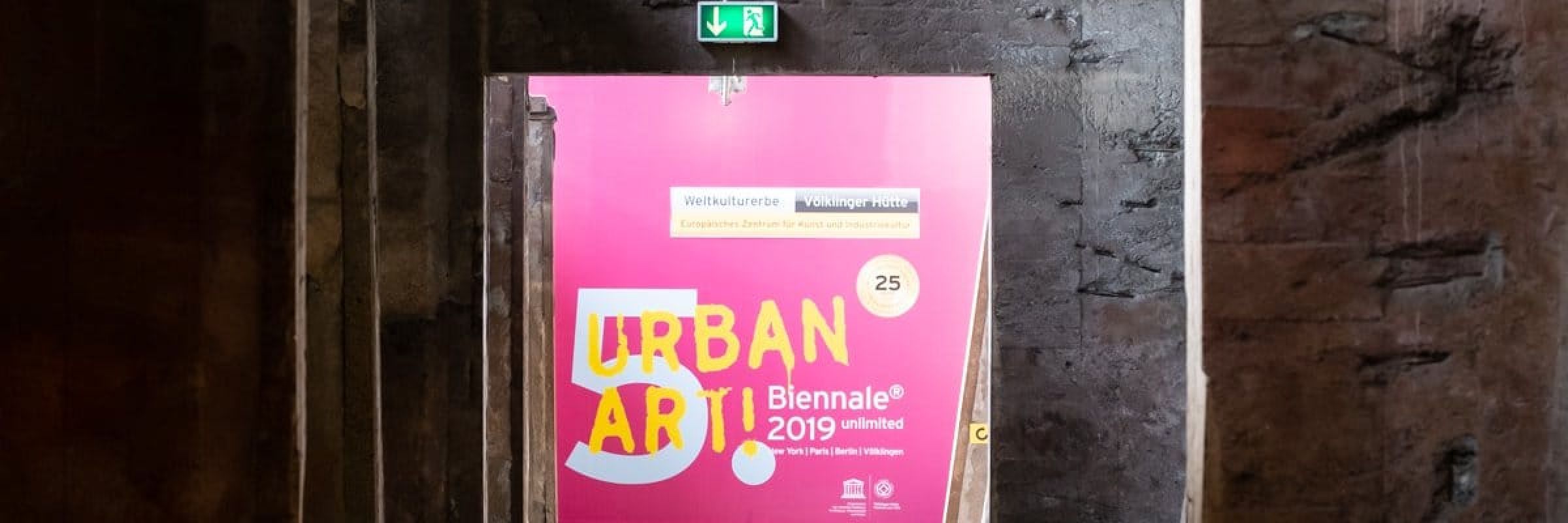

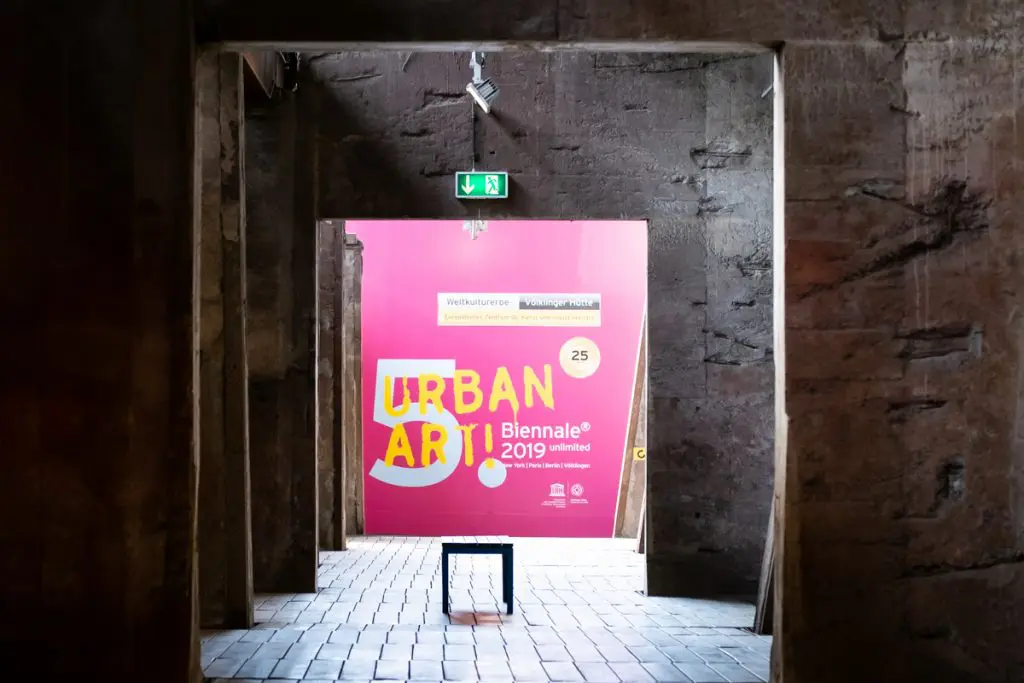
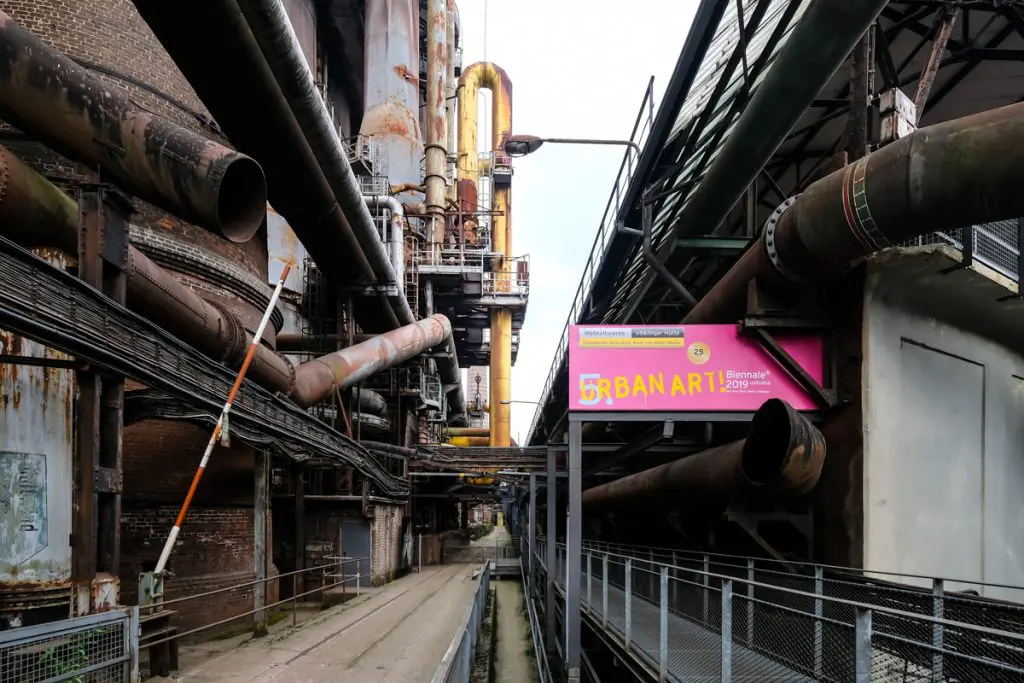
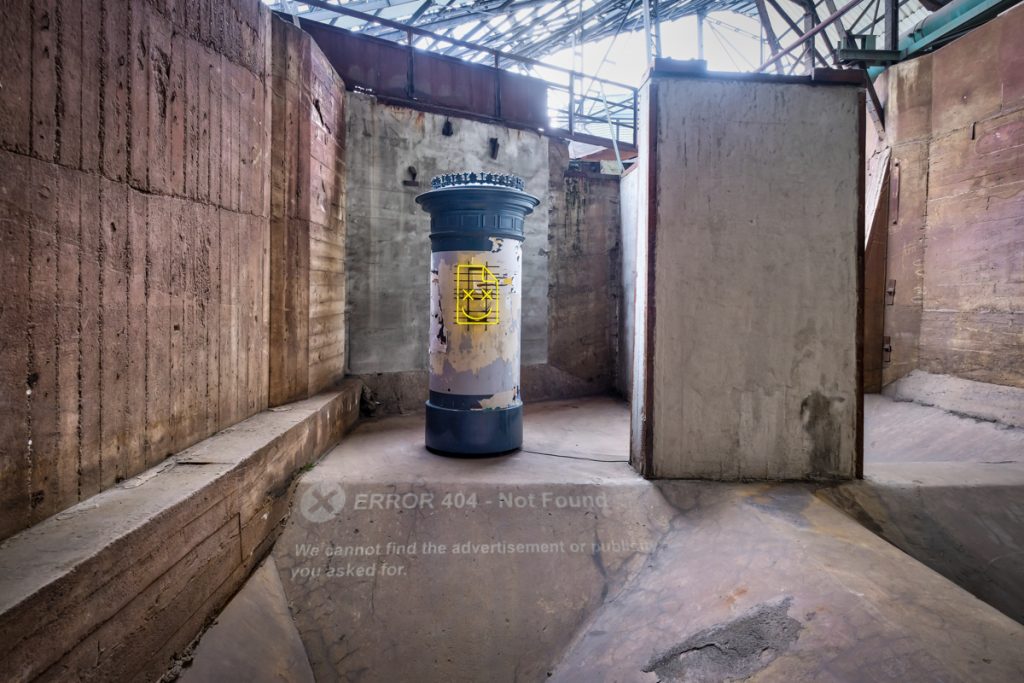
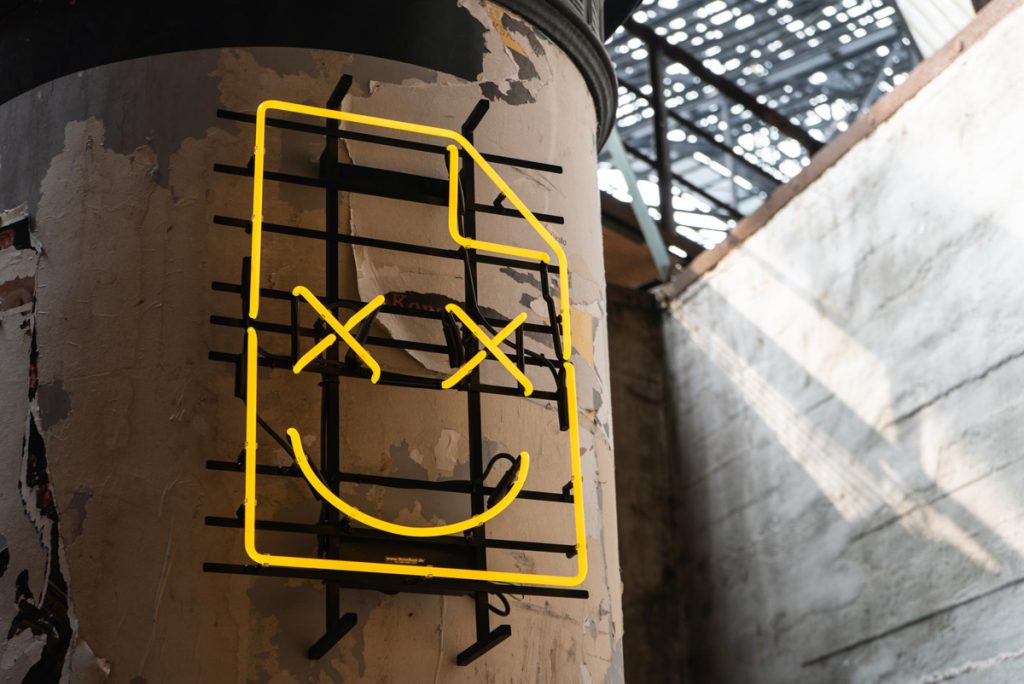
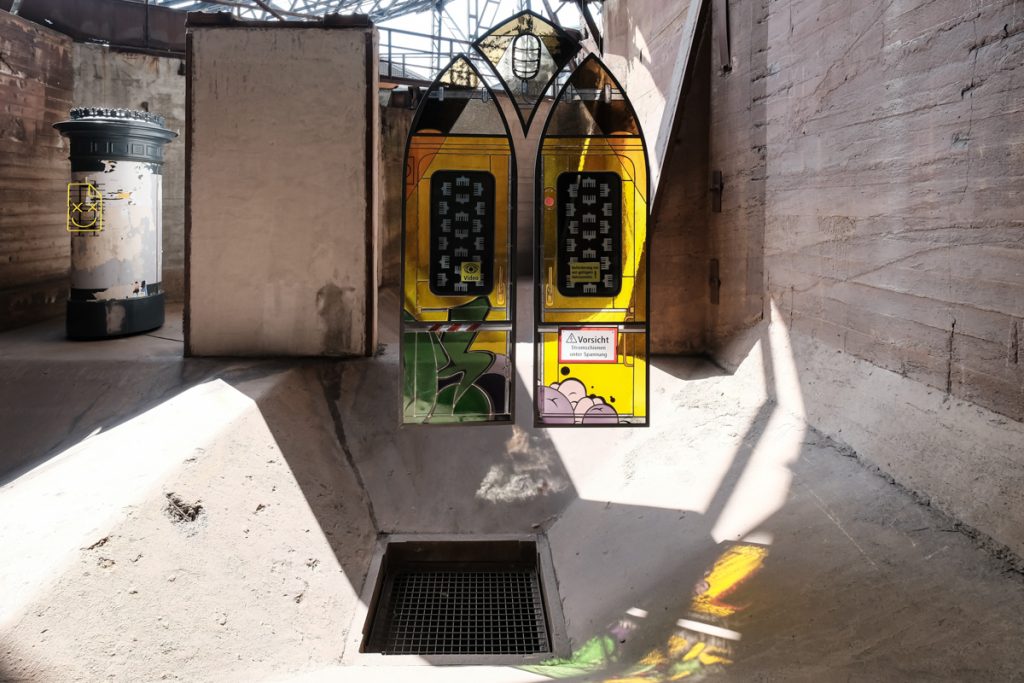
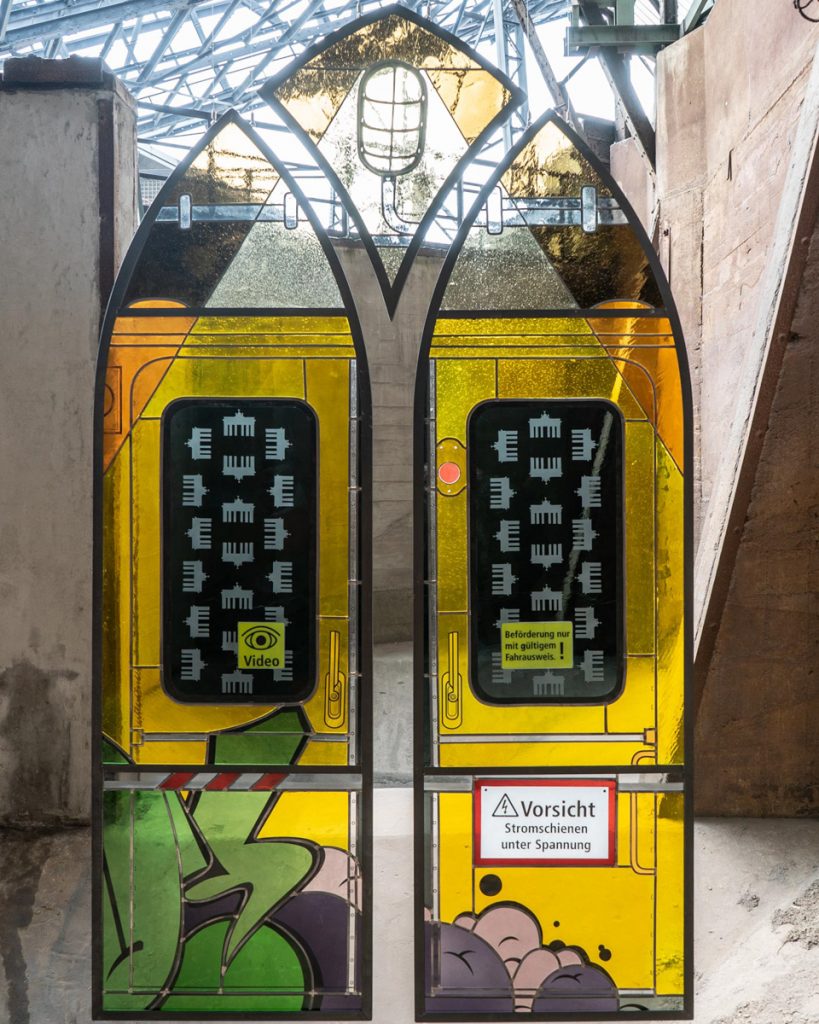
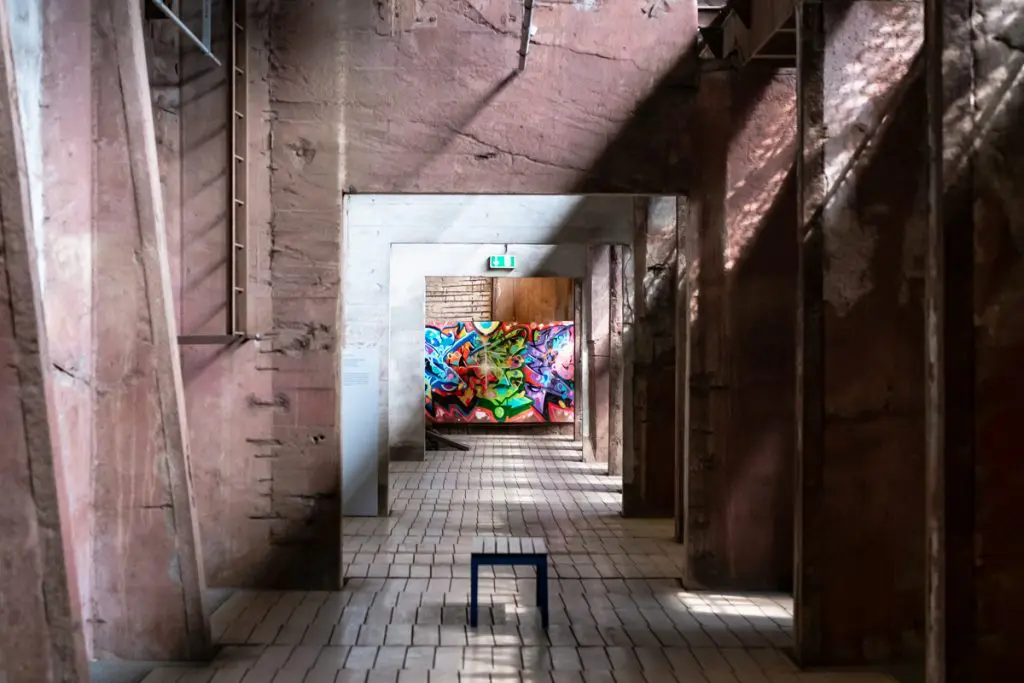
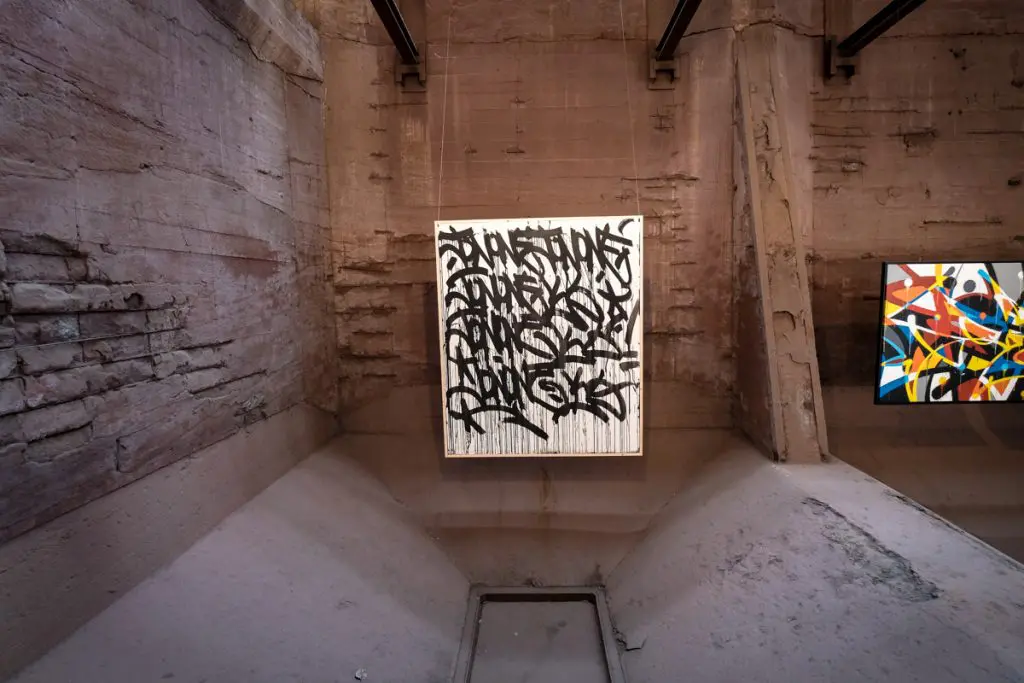
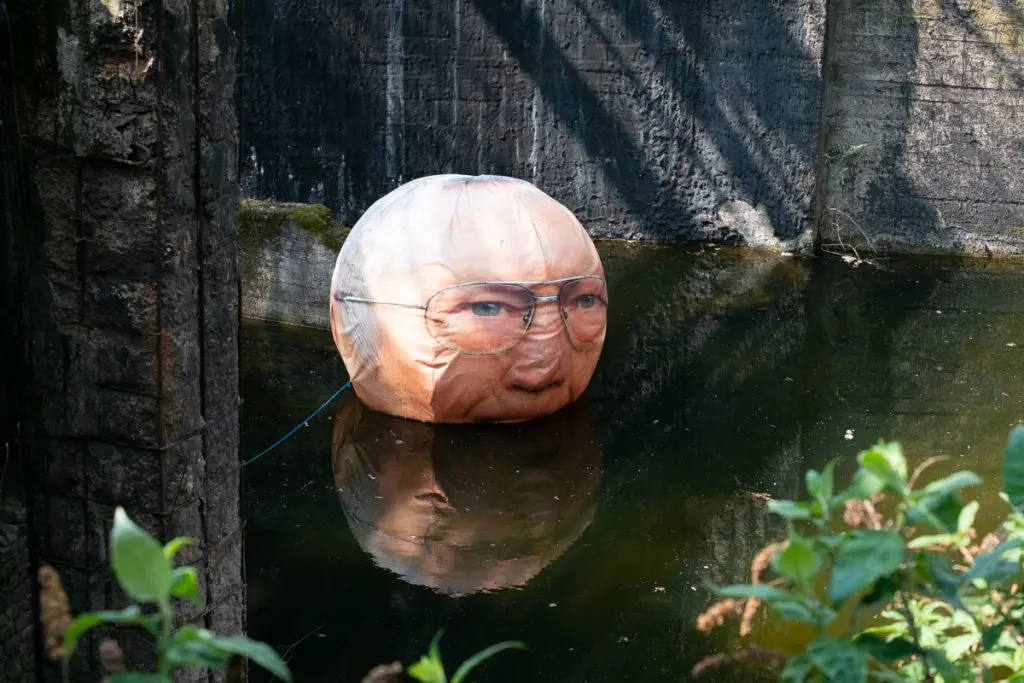
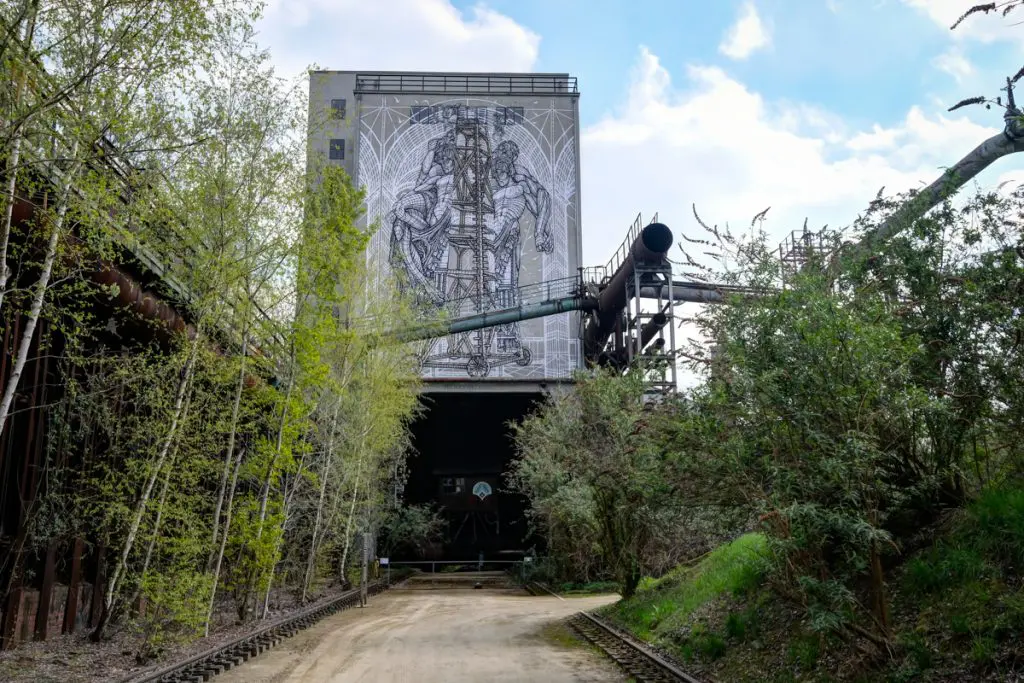

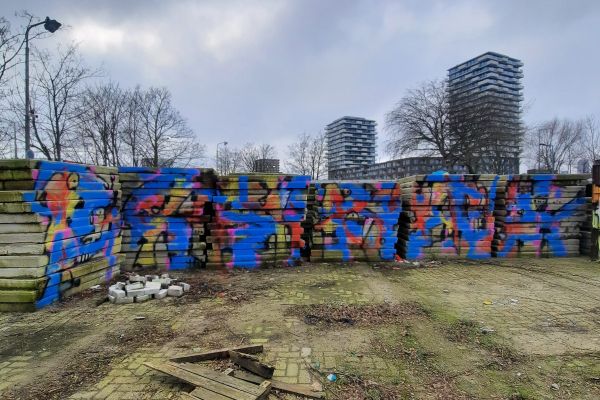
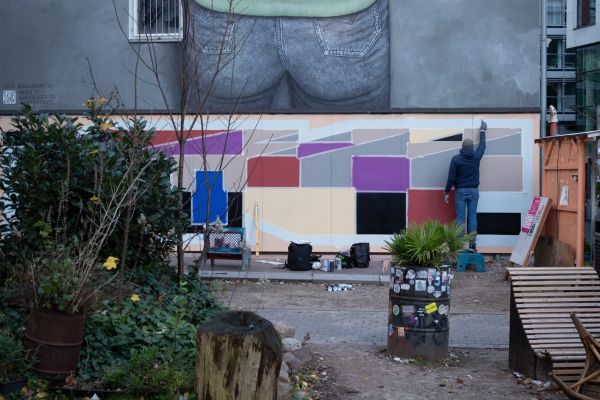
Leave a Reply